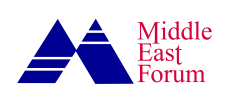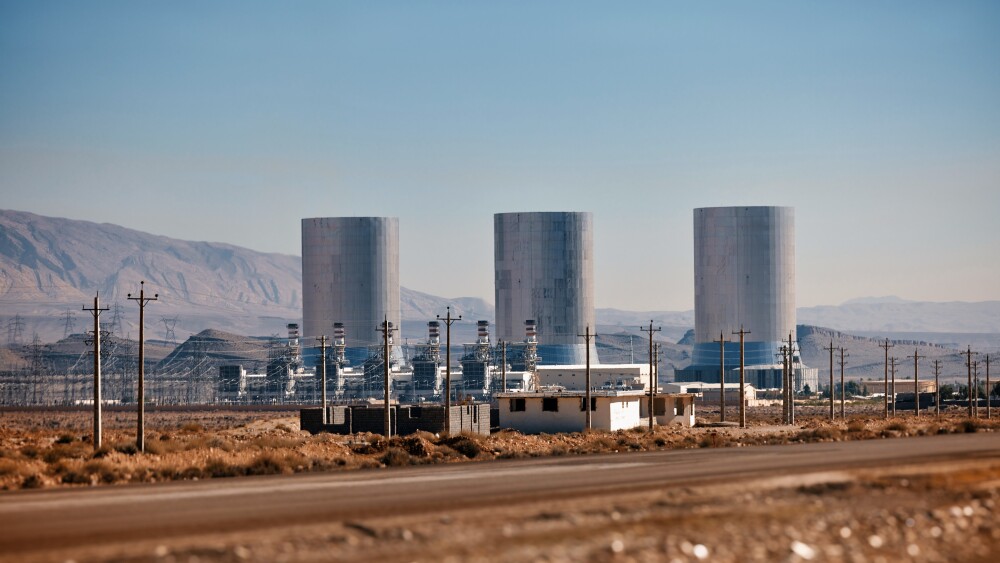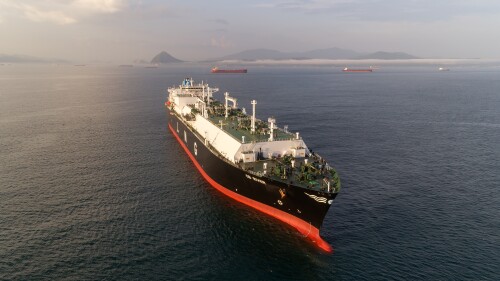Iran consumes more energy per person than many developed nations, though poor energy efficiency leads to extensive waste. The core reasons for this are energy subsidies and pricing schemes that buck market realities. While Iranian leaders ground both policies in price stability and a desire to safeguard disadvantaged groups, the impact on energy security, the economy, and the environment is severe.
Iran has enormous deposits of gas and oil, but its energy sector suffers from chronic underinvestment, deteriorating infrastructure, and sanctions. The system is vulnerable to both physical and cyber threats due to outdated refineries, transmission lines, and distribution networks. Restricted access to foreign capital and technology increases production costs further. Winter gas shortages and summer blackouts are commonplace. Iran is now increasingly dependent on erratic domestic production and sporadic imports from Russia and Turkmenistan.
Iran has enormous deposits of gas and oil, but its energy sector suffers from chronic underinvestment, deteriorating infrastructure, and sanctions.
The Ministry of Energy and the state-owned Iran Power Generation, Distribution, and Transmission Company (Tavanir) have sought to curb consumption, particularly from the residential sector, which accounts for more than 60 percent of electricity use. Households that reduce use qualify for savings on internet packages, electric cars, appliances, and electricity bills. These incentive programs are similar to energy coupon programs in Canada, Greece, France, and the Netherlands but in the Islamic Republic, such schemes do not address inefficiencies in pricing and infrastructure and so will not resolve the real problems.
Consider subsidies: Low energy costs do not increase public well-being; rather, they promote waste, pollution, and a lack of investment in clean technologies. According to Shahram Dabiri Oskuei, vice president of Iran between August 2024 and April 2025, Iran’s energy subsidies amount to $127 billion a year. The disparity between domestic and international energy pricing, he says, cannot be justified. Former Smart Fuel System director Mohsen Rouhani stated, “We have provided energy coupons since 2008 to allow consumers to buy fuel according to necessity. Important conditions, however, are yet unmet. Residents frequently do not register their meters. Such a system cannot function in the absence of dependable data and updated infrastructure.”
The Islamic Republic must learn from its previous gasoline rationing scheme. President Mahmoud Ahmadinejad implemented a system in 2007 that capped the amount of fuel that each car could buy each month at subsidized prices. Iranians received a debit card to use at petrol stations. Even though it allegedly cut daily usage by 20 million liters, it led to demonstrations, attacks on petrol stations, and the development of a black market. Various Iranians groups—first the Islamic Revolutionary Guard Corps, then taxi drivers, and then other interest groups—lobbied and agitated to increase allotments and match other interest groups. By 2008, it was clear the scheme had failed. To lessen the impact of price increases on low-income households, meanwhile, Iran switched from providing blanket subsidies to providing direct cash transfers in 2010.
With the crisis growing, the Masoud Pezeshkian government now seeks again to address the problem. It is reducing fuel quotas, and is considering digital fuel cards, tiered pricing, and energy coupons. Inflation, though, reduces the value of cash payments.
The government is encouraging solar energy. By 2026, it plans to add 11.5 gigawatts of solar capacity and requires new buildings to install solar panels, but its ability to attract foreign investment remains limited.
Time is running out, but it is unclear if the government is up to the task or can weather the shock to people already struggling to keep afloat due to high inflation.
Time is running out, but it is unclear if the government is up to the task or can weather the shock to people already struggling to keep afloat due to high inflation. Nor is it clear the government can prevent the Islamic Revolutionary Guard Corps from derailing reform to maintain its societal privileges. Coupons and other short-term initiatives will not work without empowering competent specialists, implementing structural adjustments and building modern infrastructure.
The Islamic Republic has for a decade experienced successive protests over the economy, gas price hikes, water shortages, and environmental degradation. Immediately prior to its 12-day war with Israel, it weathered weeks of a trucking and logistics strike. The collapse of Iran’s electrical grid and energy system increasingly appears to be the next crisis on the horizon. Every Iranian—ordinary citizen, government official, and military officers—sees it coming, yet it seems unlikely any can avoid the slow-motion train wreck.







